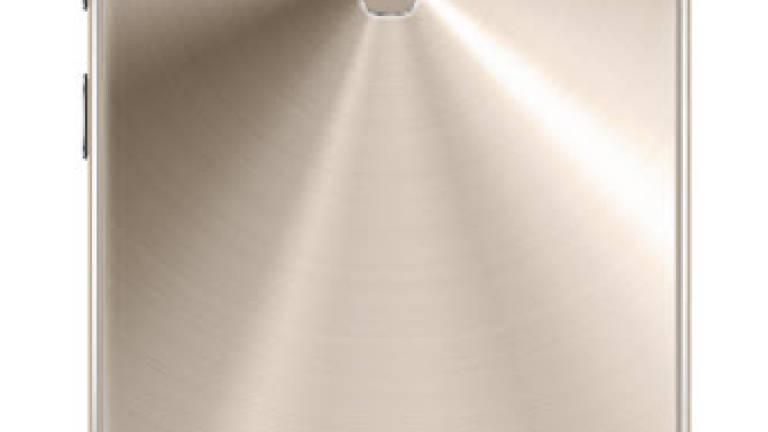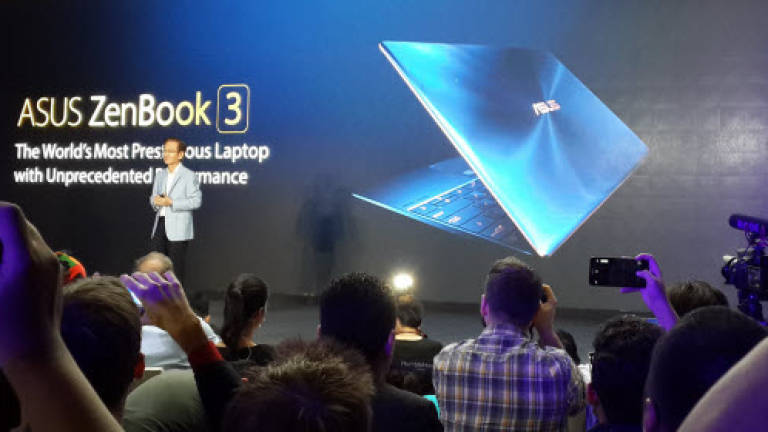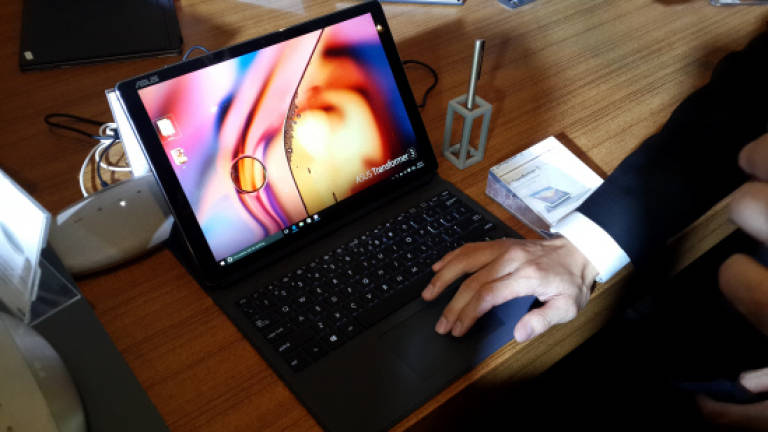Feeling the power




ASUS recently put the power of three on full display during the recent Computex 2016 in Taipei, Taiwan, with the launch of its newest generation of Zen consumer tech products.
The ‘Zenvolution’ kicked off with an enthusiastic Asus chairman Jonney Shih announcing the upcoming Zenbook 3 range, which was billed as the direct competitor to Apple’s MacBook Air.
Right off the bat, the ZenBook 3 impresses with its build.
It’s one of the thinnest and lightest notebooks on the market right now, at a 910g and just 11.9mm thick. It also offers a more premium feel, with an all-metal unibody made from an aerospace-grade aluminium alloy.
Much thought was put into making working on the device a pleasant experience, as it has a large 12.5in Full HD display with a high screen-to-body ratio (82%) protected by Corning’s Gorilla Glass 4. It also has a full-sized edge-to-edge gold, backlit keyboard that aims for an elegant touch.
Users also have the benefit of added security with Windows Hello, which allows you to sign in with a fingerprint.
The ZenBook 3 also comes with a USB Type-C port, and fast-charging capability, able to go from 0 to 60% in 49 minutes. In any case, the device promises to last up to nine hours on a single charge.
There are three variants of the ZenBook 3, beginning with the base model which has an Intel Core i5 processor, 4GB RAM, and 256GB onboard storage, priced at US$999 (RM4,056). The next two models both have an Intel Core i7 processor and 16GB RAM but differ in onboard storage, at 512GB (US$1,499 / RM6,086) and 1TB (US$1,999 / RM8,116).
Next up were the Asus Transformer 3 and Transformer 3 Pro range of 2-in-1 convertibles, which Shih called “Microsoft Surface killers”.
Designed for work on-the-go, both the Transformer 3 have a high-end design, made from an aluminium alloy with a diamond-cut lid, and an adjustable kickstand that offers angles up to 170°.
Both models also come with a 12.6in display with a slim bezel offering up to 80% screen-to-body ratio. The folding, fullsize keyboard is backlit and also has a glass covered touchpad. Both come with a USB Type-C, Thunderbolt 3 port and boast up to nine hours battery life.
Those who enjoy listening to music or watching videos will be thrilled to know that both devices come with Harmon Kardon quad surround speakers.
The difference between them lies underneath the hood.
The Transformer 3 is the lighter and thinner of the two, at 695g and 6.9mm. Variants come with a choice of Intel Core i3 to i7 processors, up to 8GB RAM and 512GB storage. Prices start from US$799 (RM3,244).
As for the Transformer 3 Pro, it weighs 795g and is 8.35mm thick. It comes with an Intel Core i7 processor, up to 16GB RAM and 1TB storage, and is priced from US$999 (RM4,056).
Last but not least was Asus new range of Zenfone 3 smartphones, including its two variants – the Zenfone 3 Deluxe and Zenfone 3 Ultra – introduced by Asus Design Centre director Jen Chuang.
The Zenfone 3 (US$249 / RM1,011) has a 5.5in Full HD display, with 2.5D Gorilla Glass on both sides and a 16-megapixel rear as well as eight-megapixel front camera.
It is powered by a Qualcomm Snapdragon 625 processor, has 4GB RAM and up to 64GB storage. It also has a 3,000mAh battery, and dual-SIM support.
The Zenfone 3 Deluxe (US$499 / RM2,026), is a slightly more premium version, with a gorgeous all-metal body with hidden antenna lines, a 5.7in Super Amoled display, and a 23-megapixel PixelMaster 3.0 rear camera – its main selling point.
Users are promised perfect photos, whether in low light or active situations, with a laser autofocus system.
It is powered by Qualcomm’s Snapdragon 820 processor, with 6GB RAM and up to 64GB storage.
The Zenfone 3 Ultra (US$479 / RM1,945), on the other hand, is a 6.8in phablet with a Full HD display and a full-metal unibody design.
Avid media consumers will want to take advantage of its display which comes with Asus’ Tru2Life+ technology that promises brighter colours and clarity, and dual five-magnet audio speakers for cinematic 3D surround sound.
It is powered by a Qualcomm Snapdragon 625 processor, 4GB RAM and up to 64GB storage.
While there are no concrete availability dates or final prices for any of these devices in Malaysia, Asus executives have indicated that they may arrive here by Q3 this year.